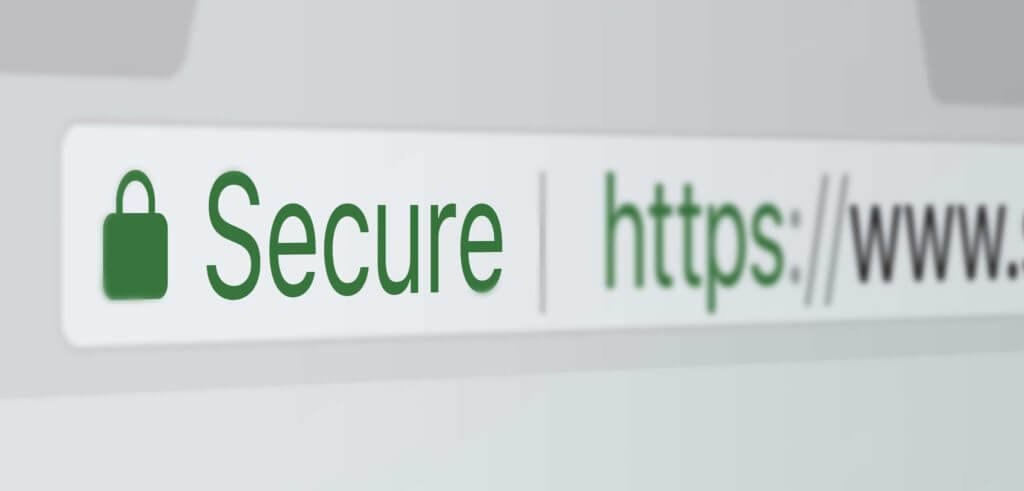
Is this website safe
Https goo gle 3okkmp
Today, most popular web browsers already include security features to increase online protection. These browser-integrated tools can block annoying pop-ups, send Do Not Track requests to websites so that they do not track you, disable unsafe Flash content, prevent malicious downloads, and control which sites can access your webcam, microphone, etc.
HTTP (Hypertext Transfer Protocol) is the basic protocol for transmitting data between your web browser and the pages you visit. HTTPS is simply the secure version of this protocol. (The “S” stands for “secure”).
And how do you know if a website uses HTTPS? Look for the padlock in the navigation bar. If you see it, you know that the site you are on uses a trusted SSL digital certificate; in other words, that the connection is secure.
If you’re already on the website, but can’t tell that it’s a legitimate one, look for the privacy policy. Trusted websites have a privacy policy page, as it is mandatory in many countries. So take a few seconds to look for their privacy policy.
How to know if a website is reliable to buy
Today, most popular web browsers already include security features to increase online protection. These browser-integrated tools can block annoying pop-ups, send Do Not Track requests to websites so that they do not track you, disable unsafe Flash content, prevent malicious downloads, and control which sites can access your webcam, microphone, etc.
HTTP (Hypertext Transfer Protocol) is the basic protocol for transmitting data between your web browser and the pages you visit. HTTPS is simply the secure version of this protocol. (The “S” stands for “secure”).
And how do you know if a website uses HTTPS? Look for the padlock in the navigation bar. If you see it, you know that the site you are on uses a trusted SSL digital certificate; in other words, that the connection is secure.
If you’re already on the website, but can’t tell that it’s a legitimate one, look for the privacy policy. Trusted websites have a privacy policy page, as it is mandatory in many countries. So take a few seconds to look for their privacy policy.
Chrome policy and press enter
To avoid this warning on your site, all you need to do is set up a Secure Sockets Layer (SSL) certificate for your website. In this article, we will guide you through the process, which includes:
If you don’t understand what any of these points mean, don’t worry. By the end of this article, you will be an SSL expert and will be able to get rid of warnings like “not secure”, “unable to access this website”, “unable to establish a secure connection” or “unable to securely connect to this page”, in Chrome. Let’s get started!
In case you’re not sure what HTTP and HTTPS are, let’s go over some basics. For a long time, HTTP has been the protocol used by browsers to send and receive information from web servers. It is this type of protocol that allows you to read this article right now, as well as view the rest of our website.
The problem is that HTTP is not ideal from a security standpoint. For example, the protocol is susceptible to man-in-the-middle attacks, which means it is not a secure way to transmit sensitive data. HTTPS, on the other hand, encrypts your connection to the website you are accessing. In other words, it keeps you and your information much more secure.
Google safe browsing
Today’s most popular web browsers already include security features to increase online protection. These browser-integrated tools can block annoying pop-ups, send Do Not Track requests to websites so that they do not track you, disable unsafe Flash content, prevent malicious downloads, and control which sites can access your webcam, microphone, etc.
HTTP (Hypertext Transfer Protocol) is the basic protocol for transmitting data between your web browser and the pages you visit. HTTPS is simply the secure version of this protocol. (The “S” stands for “secure”).
And how do you know if a website uses HTTPS? Look for the padlock in the navigation bar. If you see it, you know that the site you are on uses a trusted SSL digital certificate; in other words, that the connection is secure.
If you’re already on the website, but can’t tell that it’s a legitimate one, look for the privacy policy. Trusted websites have a privacy policy page, as it is mandatory in many countries. So take a few seconds to look for their privacy policy.
